By Matthew Cappucci, Jan. 8, 2021 at 3:44 p.m. MST
The year 2020 will go down in the history books as one riddled with a record number of billion-dollar disasters. According to a new report released by the National Oceanic and Atmospheric Administration (NOAA) on Friday, losses in the United States alone tallied a staggering $95 billion from 22 separate billion-dollar events. The previous record for billion-dollar disasters was 16 in 2011 and in 2017.
The year marked the most severe wildfire season across the West to date, with California logging five of its six biggest wildfires in state history. It was also the Atlantic’s busiest hurricane season on record, with 12 landfalling named storms in the United States, while swarms of tornadoes ravaged the South.
From ferocious fires to a historic hurricane season, 2020 took weather to new extremes
The most expensive disasters stemmed from severe thunderstorms and tornadoes. Hurricanes and tropical storms were close contenders, plaguing the Gulf Coast with relentless back-to-back strikes.
The disasters stand against the backdrop of a warming climate, with annual average temperatures in the Lower 48 states running 2.4 degrees above the 20th-century baseline. Globally, 2020 tied 2016 for the hottest year on record, according to data from the Copernicus Climate Change Service.
2020 tied with 2016 for Earth’s hottest year, as global warming overpowered La Niña
Climate change is tied to larger, more extreme fires, hurricanes that intensify more rapidly and other trends that lie behind an increase in disaster damages. Another factor is population growth, with more people and buildings in harm’s way.
“Weather events have always and will always occur,” Steve Bowen, head of catastrophe insight at Aon Insurance, wrote in an email. “But with climate change expected to increasingly affect the behavior of weather events, and if you tie that with more ‘stuff’ in harm’s way, then the expectation is that resultant loss totals will also increase in the future.”
While the number of individual billion-dollar disasters topped the charts, 2020 still lags behind 2005, 2012 and 2017 for overall costs. 2005 hosted a record hurricane season that included storms Rita, Wilma and Katrina, while storms such as Harvey, Irma and Maria raged in 2017. Hurricane Sandy slammed New Jersey and New York City in 2012.
In the West, storms weren’t the problem. In fact, it was the opposite — prolonged drought, extreme heat and widespread, strong offshore wind events, linked in large part to human-caused climate change, contributed to a record wildfire season.
Drought is the sleeper weather story you’ll hear more about in 2021
More than 10 million acres burned across the West, including California’s largest fire on record — the August Complex. It started as 37 individual blazes that merged into a massive fire that torched more than 1 million acres, becoming the state’s first “gigafire.” Some 10,500 structures were damaged or destroyed in California alone.
Multiple wildfires exhibited extreme behavior, yielding smoke plumes towering to 50,000 feet and producing lightning and fire tornadoes.
In Oregon, historic wildfires burned more than 2,000 buildings, while Colorado experienced an extreme fire season as well. The Centennial State’s three largest wildfires on record all took place during 2020. On the whole, wildfires caused $16.5 billion in destruction.
The fires were fueled by persistent hot and dry weather, with California experiencing a long, hot spring, summer and fall, with its warmest August and September on record.
Studies have shown that climate change is causing more extreme fire weather days, which feature exceptional heat and dryness, along with strong and often erratic winds. Global warming has already led to a large increase in the occurrence of huge wildfires in the West, indicating that the massive blazes this year, which fouled the air across a broad region, were no fluke.
In early September, Los Angeles set a record high of 122 degrees, while temperature records fell up and down the Golden State.
That same record heat contributed to a worsening drought that engulfed the West, causing $4.5 billion in mainly agricultural losses.
The record number of billion-dollar events caused 262 deaths during 2020. Bowen says action is needed to address the increased movement of people into at-risk areas.
“While there is heavy focus on the frequency and intensity of events, we need to be equally highlighting that people are moving at an accelerated rate into some of the most vulnerable areas for extreme weather,” wrote Bowen. “It is imperative that we improve awareness around people better preparing their home or business in the face of inevitable [hazards].”
That, Bowen says, starts with knowing one’s own vulnerability. “We need to ensure that people understand the natural peril risk at their location.”









